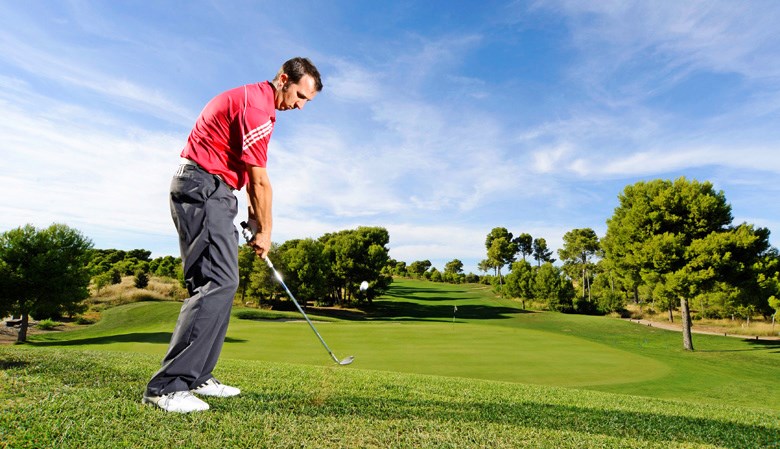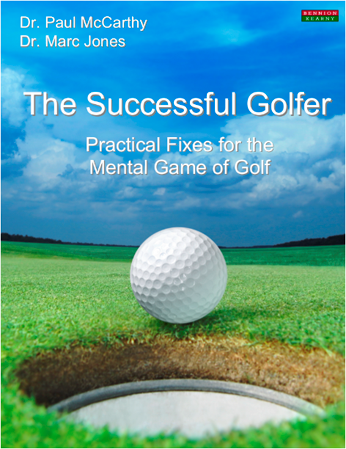Find the edge with your wedge
Published:
The problem: you need to get up-and-down for par from off the green. It’s a situation that club golfers face every game. The pressure we put on ourselves to make par often adds extra importance to these shots, which can lead to tension, clouded thinking and ultimately poor execution that leaves us a long way from the hole and needing another chip or a long putt for par.
The solution
Motor skills, like those in golf, require practice to allow an individual to execute the shot without conscious control. Most of us could toss a golf ball to a friend without thinking about it. There’s no thinking about the angle of release or wind speed; we just see it and do it. You might argue that tossing a ball is easy unlike hitting a wedge shot to the pin, and you’re right – there is much more complexity in the latter task. The point is that if we have hit many, many wedge shots, we instinctively know how to hit that ball to the flag. The problem arises when we tell ourselves we can’t do it.
When we feel in our mind that we cannot achieve a set goal, our body often reacts to this threatening information by increasing our heart rate and blood pressure and creating tension. We feel this tension, which reinforces the thoughts we had about the threatening shot to the green.
To break this cycle, we need to learn how to relax physically, as well as mentally. Physically, we begin by breathing deeply and allowing each breath to reduce our heart rate. At the same time, we feel the tension being released from our muscles. To relax mentally, we need to gain control by reminding ourselves that we have executed this shot hundreds of times before. We then set about our pre-shot routine. This might comprise choosing the right club for the shot, imagining the ball landing on the green, focusing on the target and then back to the ball before taking your club away and executing the shot. Pros like Luke Donald (left) never deviate from it – you shouldn’t, either.
Every golfer will have a different routine, but what’s most important is that the routine has been practised, with a specific target, allowing you to feel a sense of control while you execute the shot. Our mind and body are connected so we need to relax and gain control through physical actions (eg taking deep breaths) and mental ones (reminding ourselves that we are capable of executing the shot).
Proof this thinking works
The study
Amateur golfers attended five separate sessions over eight weeks in which they were trained to use mental imagery and self-talk. Mental imagery is like running movies in your mind and self-talk is saying things to help you play better.
The results
At the end of the training sessions the golfers said their psychological approach to competition had improved and, more importantly, their handicap decreased over the eight weeks in which the study was run.
What you can learn
Psychological skills are important because they bring performance benefits and in this instance it was observed after only eight weeks of practice. Imagery can help you picture and feel what you want to do on the golf course and self-talk can be used for a range of useful functions, including maintaining focus, boosting confidence and thinking smartly in difficult situations. These outcomes are all helpful for improving performance on the course – but remember these skills will only be useful to you if you practise them. Psychological skills can help improve your performance on the course in a matter of weeks as long as you practise these skills often.
For more tips to improve your game, check out our wide selection of tuition videos.
Get the book for more mental tips like this
This is an excerpt from ‘The Successful Golfer: Practical Fixes for the Mental Game of Golf’ by sports psychologists Dr Paul McCarthy and Dr Marc Jones. Available now for £13.99. Visit www.BennionKearny.com/golf for more information.




